何千年にもわたり、地球上ではさまざまな理由で動物が絶滅してきました。 時には、気候の劇的な変化が原因であることもあります。 また、人間の介入が原因であることもあります。
科学、特にバイオテクノロジーの進歩により、これらの動物のいくつかを絶滅から「復活」させることが可能になり、すでにそのリストに載っているものもいくつかあります。
一般に、マンモスにとってのゾウ、オーロックスにとっての牛のように、絶滅した動物に遺伝的に似ている種が現在も生きている場合は役に立ちます。
また、動物を墓から蘇らせることは、生物学的および生態学的に多くの意味を持つため、考慮すべき特定の基準があります。
科学者は、重要な生態学的機能を持つ、または人間に愛されるなど、その種が望ましいことを示すことができなくてはなりません。
最も重要なのは、動物がそもそも野生に戻せるかどうかということで、十分な生息地、食料、人間との限られた接触がかなり重要です。
ここでは、生物学者で作家のスチュワート・ブランドが設立したロング・ナウ財団による、脱絶滅の候補種のリストからいくつかと、私たち自身の調査から追加した種を紹介します。
最盛期には、カスピ海トラはトルコ、イランとイラクを含む中央アジアの大部分、および中国北西部でも見つけることができましたが、1960 年代に絶滅しました。
一部の科学者は、ほぼ同じ種類のシベリアトラを古い生息地に再導入することによって、彼らを復活させようとしており、そこで適応できると期待しています。
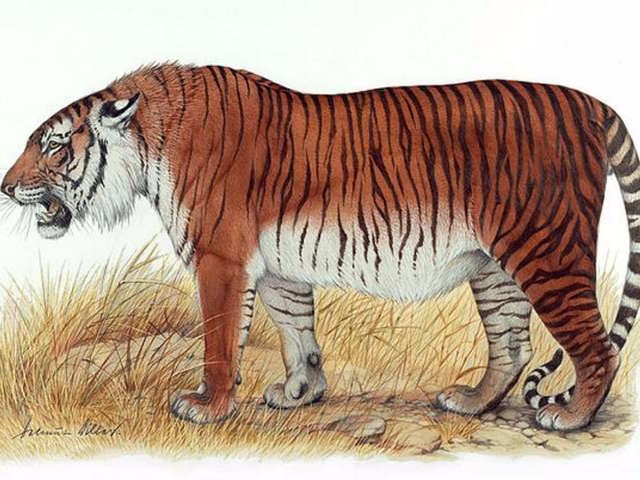 Heptner and Sludskiy 1972
Heptner and Sludskiy 1972
2. オーロック
オーロックはヨーロッパ、アジア、北アフリカに住んでいた家畜の祖先です。
科学者たちは、オーロックスのDNAをいくらか持つ牛の種を選択的に繁殖させることによって、彼らを復活させたいと考えています。
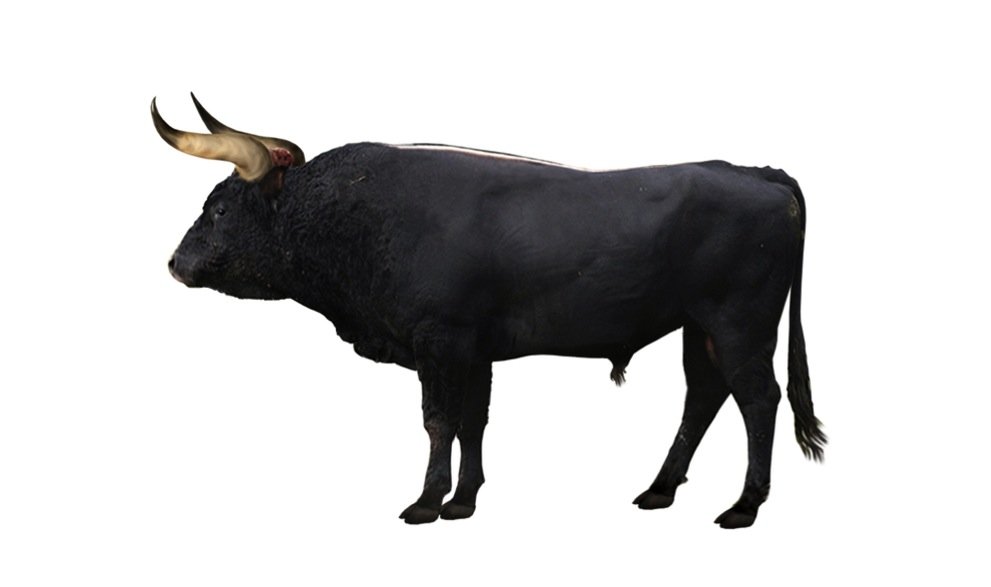 DFoidl/WikiMedia Commons
DFoidl/WikiMedia Commons
3.絶滅した牛
3. The Carolina Parakeet
The Carolina Parakeet was a small, green parrot with a bright yellow head and orange face that was native to the eastern United States.
The last wild one died in 1904 in Florida, but the genes that made them still linger in close relatives in Mexico and the Caribbean.
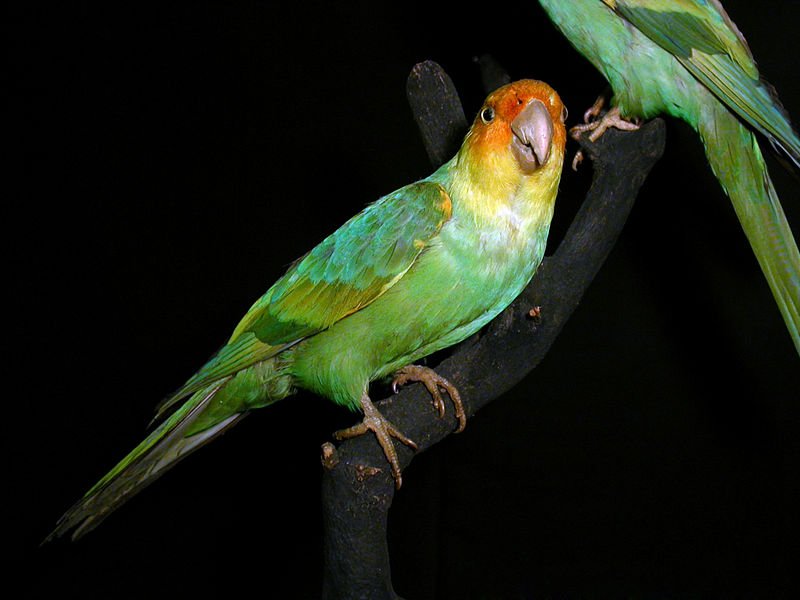 Fritz Geller-Grimm/WikiMedia Commons
Fritz Geller-Grimm/WikiMedia Commons
4. The Cuban Macaw
The vibrant Cuban macaw lived in Cuba and went extinct in 1885 due to hunting, trading and being captured as pets.
Aviculturalists are rumoured to have bred birds that are similar in appearance, but slightly bigger, because they had similar genes.
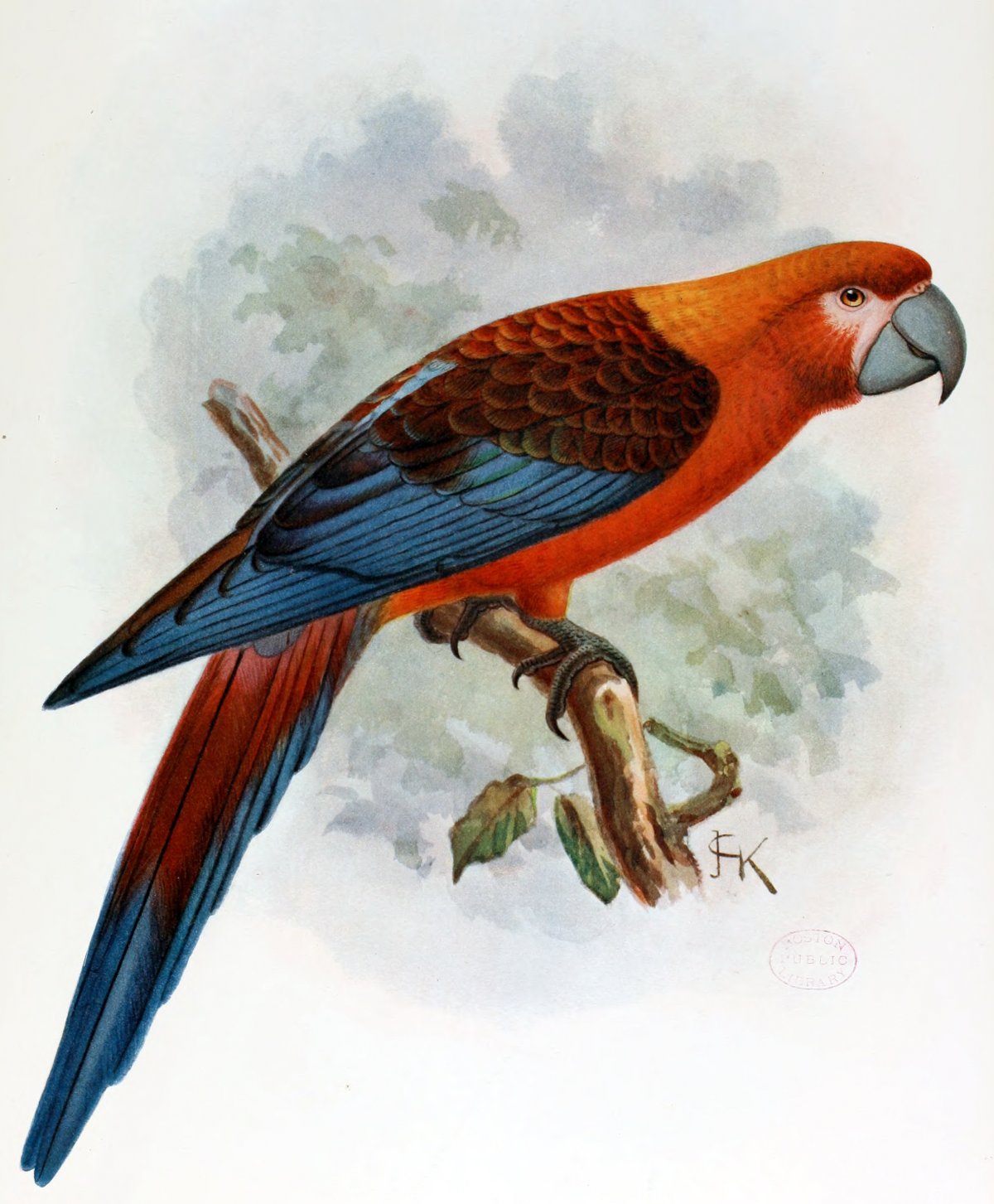 Robert01/WikiMedia Commons
Robert01/WikiMedia Commons
5. The Dodo
The dodo is perhaps the most famous extinct animal.
2007年、科学者たちは、これまでで最も保存状態のよいドードーの骨格を発見しました。
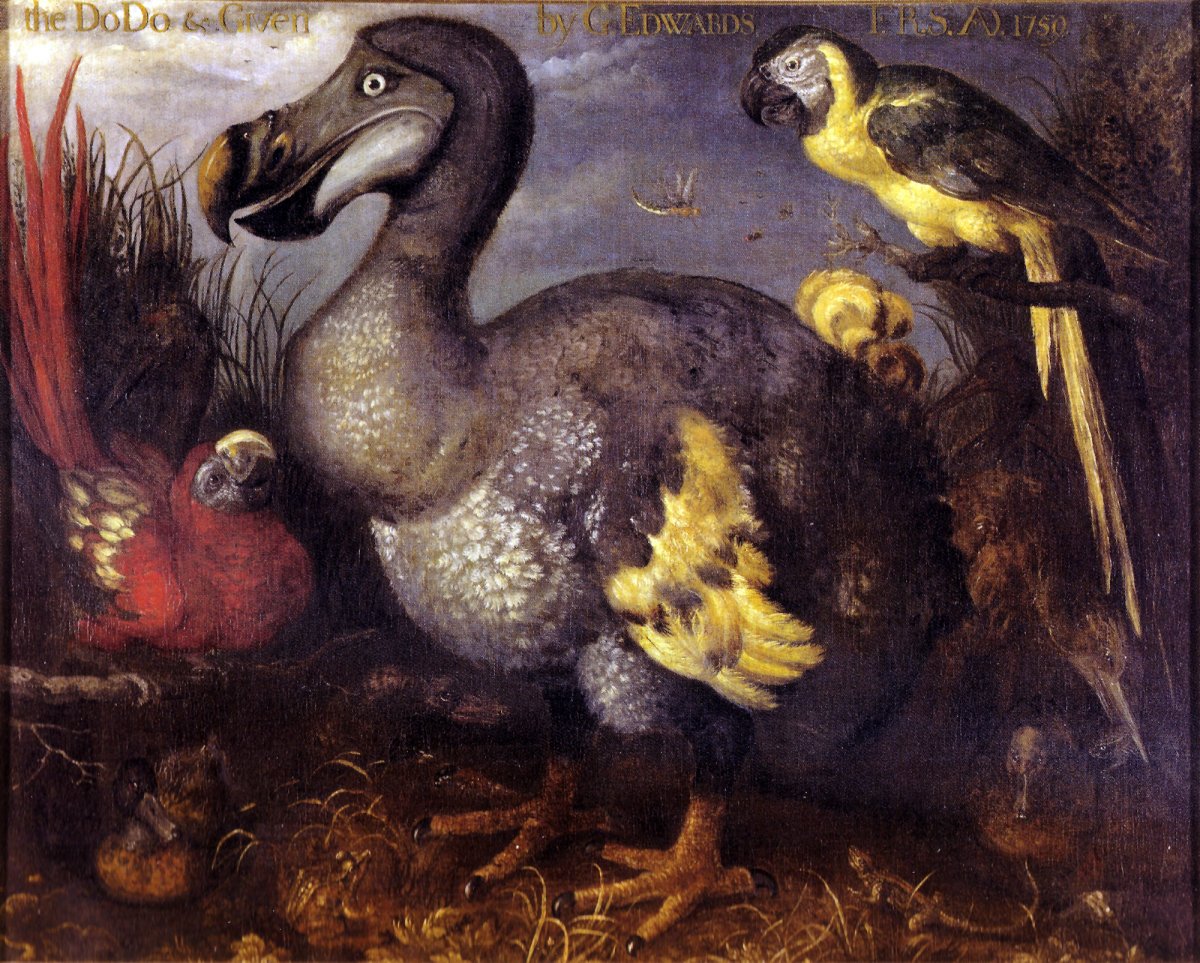 Roelant Savery/WikiMedia Commons
Roelant Savery/WikiMedia Commons
6. ウーリーマンモス
ウーリーマンモスの死骸は冷凍保存されており、それによって科学者は保存状態が良いDNAにアクセスすることが可能になりました。
ウーリーマンモスの最後の孤立した集団は、4,000年前まで北極海のランゲル島に住んでいましたが、科学者たちは、彼らの絶滅が私たちのせいであるかどうかを争っています。
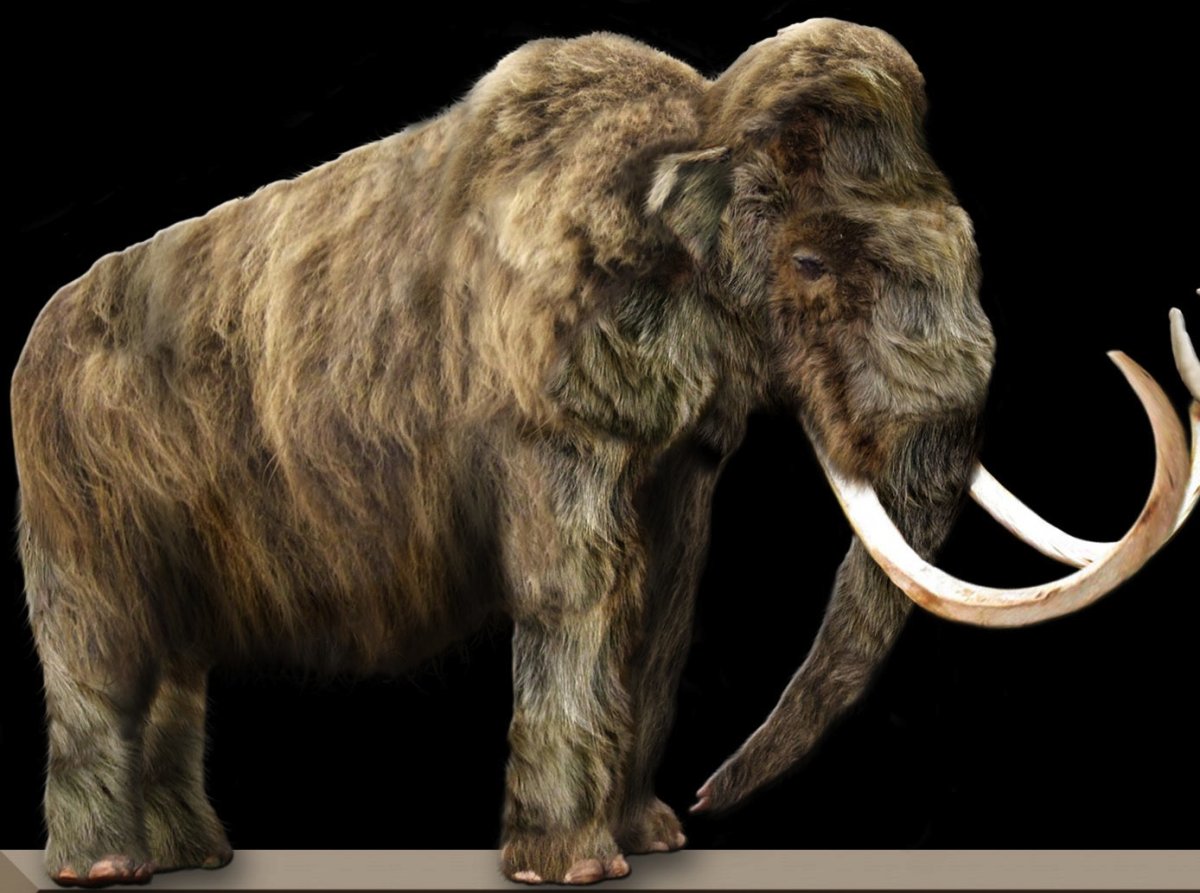 Dantheman9758/WikiMedia Commons
Dantheman9758/WikiMedia Commons
7.
ラブラドール・ダック(Labrador Duck)は常に珍重されていましたが、1850年から1870年の間に姿を消しました。
おそらく、おいしくなかったので、食用として広範囲に狩られることはありませんでしたが、それでも絶滅させた責任は私たちにあると考えて科学者たちはいます。
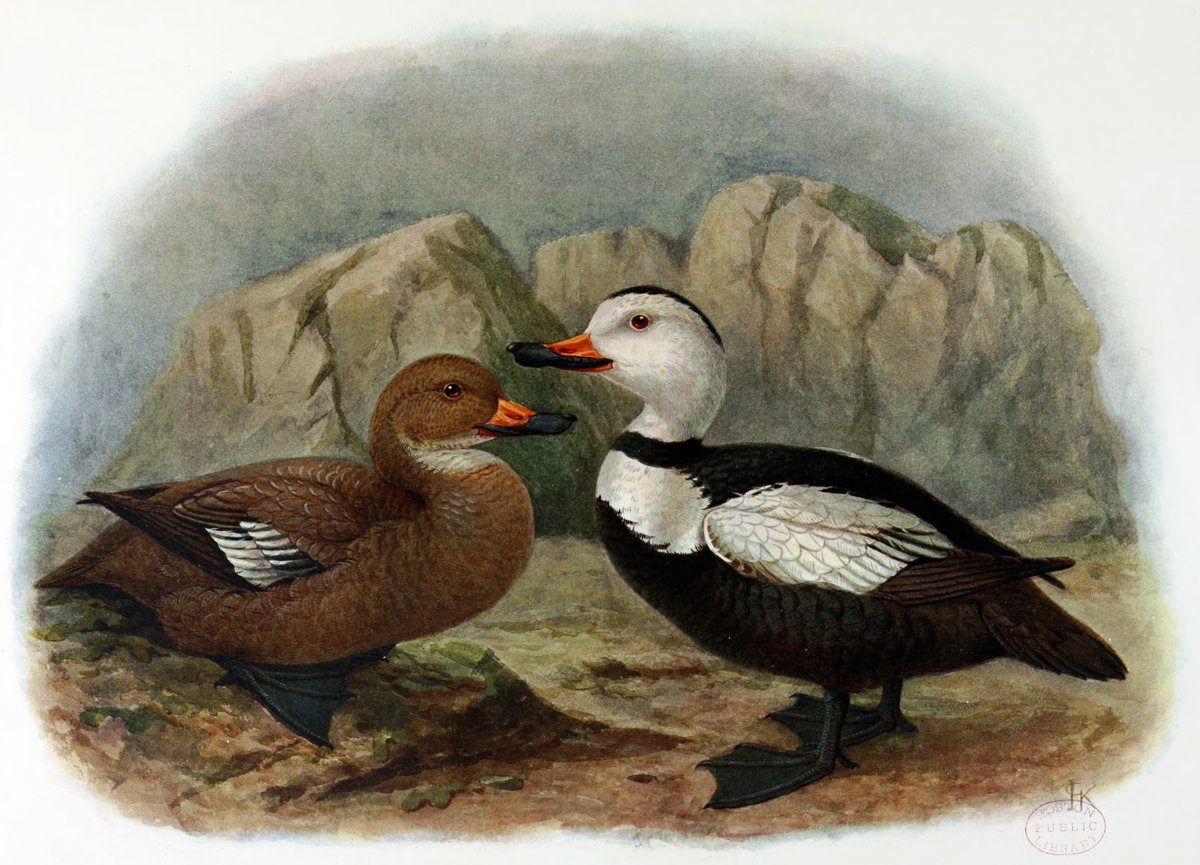 John Gerrard Keulemans/WikiMedia Commons
John Gerrard Keulemans/WikiMedia Commons
8.絶滅させたのは我々だ。 ウーリーサイ
ウーリーサイはヨーロッパとアジアでよく見られた。
ずんぐりした脚と厚い毛皮を持っていて、氷河期の寒いツンドラ環境によく適していたのである。
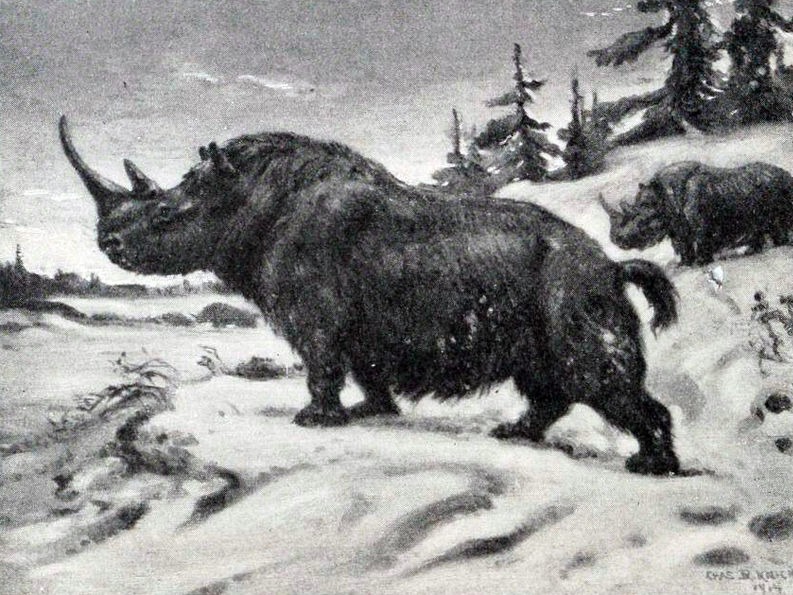 Charles Robert Knight/WikiMedia Commons
Charles Robert Knight/WikiMedia Commons
9.サイの絶滅の原因は人間の狩猟であるとして、それを補うために再導入したいと考えている。
ヒース・ヘンは1932年まで北アメリカの沿岸部に住んでいました。
彼らはおいしい夕食を作り、おそらくピルグリムの最初の感謝祭の基礎となりました。

James Turvey/WikiMedia Commons
10.ヒース・ヘンは、1932年まで北アメリカの沿岸部に生息していました。 アイボリーバード・ウッドペッカー
アイボリーバード・ウッドペッカーは、アメリカ南東部の「原生林」に生息していましたが、1940年代以降、この鳥の目撃情報は確認されていません。
コーネル鳥類学研究所は、研究者を生きた標本に導くことができる人物に5万ドルの報酬を提供したほどです。
 Arthur A. Allen/WikiMedia Commons
Arthur A. Allen/WikiMedia Commons
11.コゲラ
コゲラはアメリカ南東部の「原生林」に生息していました。
インペリアル・ウッドペラはまだ生きているかもしれませんが、50年以上目撃されていません。
その生息地の多くが人間によって破壊されたため、公式に「危機的絶滅危惧種(おそらく絶滅)」に指定されています。 If it is extinct, scientists want to bring it back to make up for that.
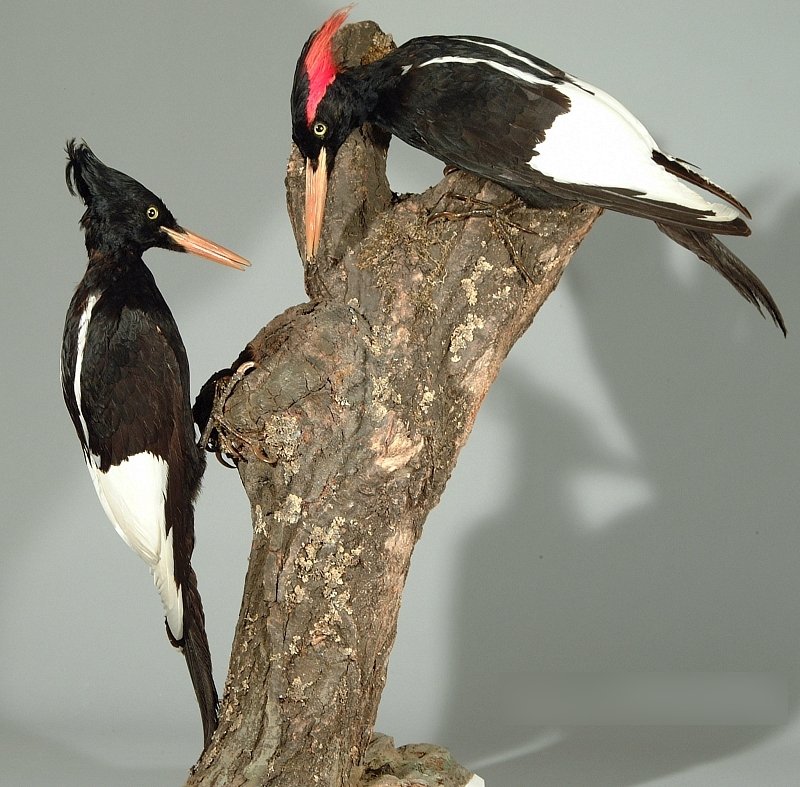 Fritz Geller-Grimm/WikiMedia Commons
Fritz Geller-Grimm/WikiMedia Commons
12. The Moa
The Moa were a giant flightless bird from New Zealand that reached 12 feet tall and weighed more than 500 pounds.
They died out because of over hunting by the Maori by 1400, and their closest relatives have been found to be the flighted South American tinamous, which could hold some of their genes.
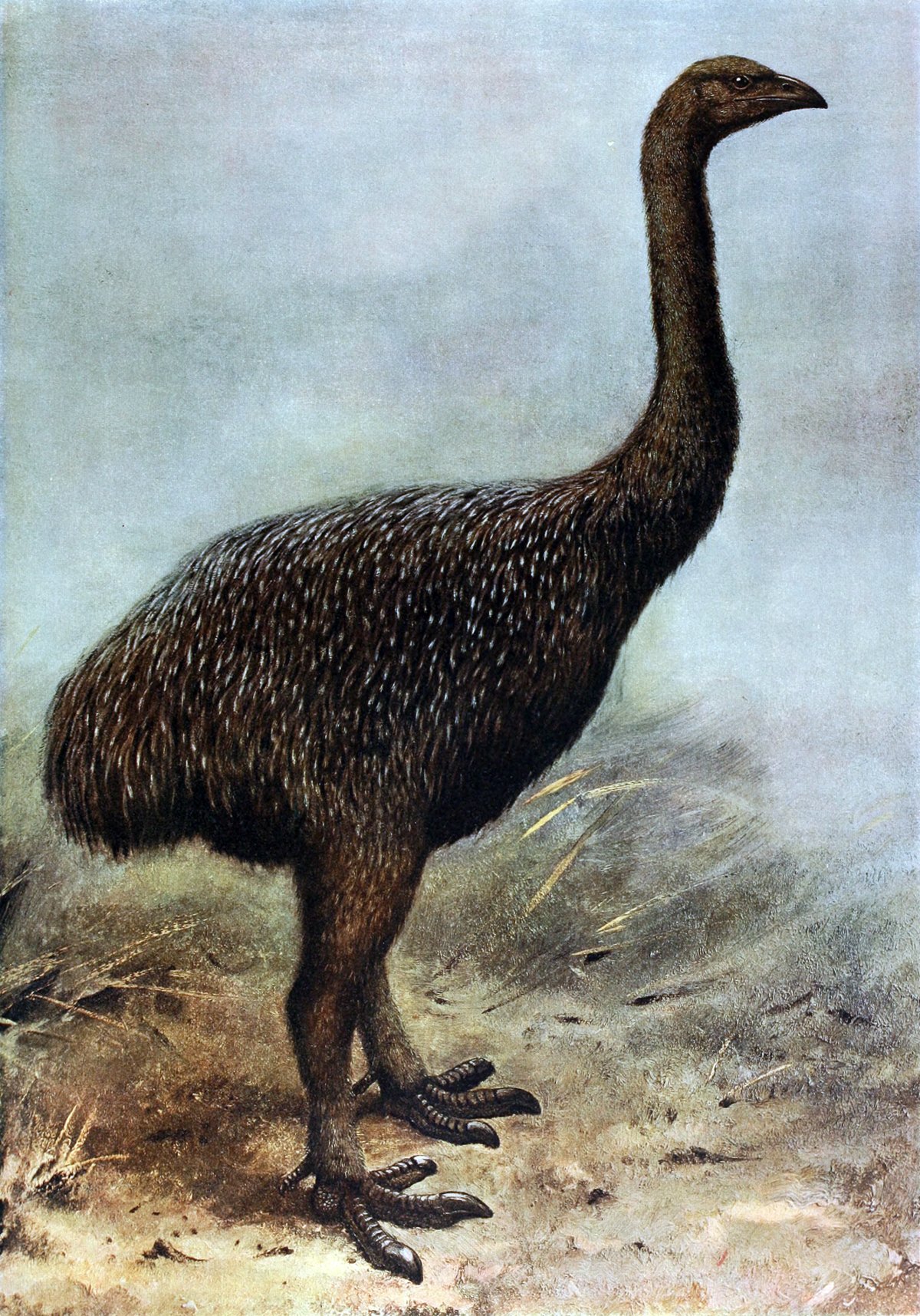 George Edward Lodge/WikiMedia Commons
George Edward Lodge/WikiMedia Commons
13. The Elephant Bird
This giant, flightless Elephant bird was found only on the island of Madagascar and died out by the 17th century.
It is widely believed that they went extinct as a result of human activity, so we want to make up for that too.
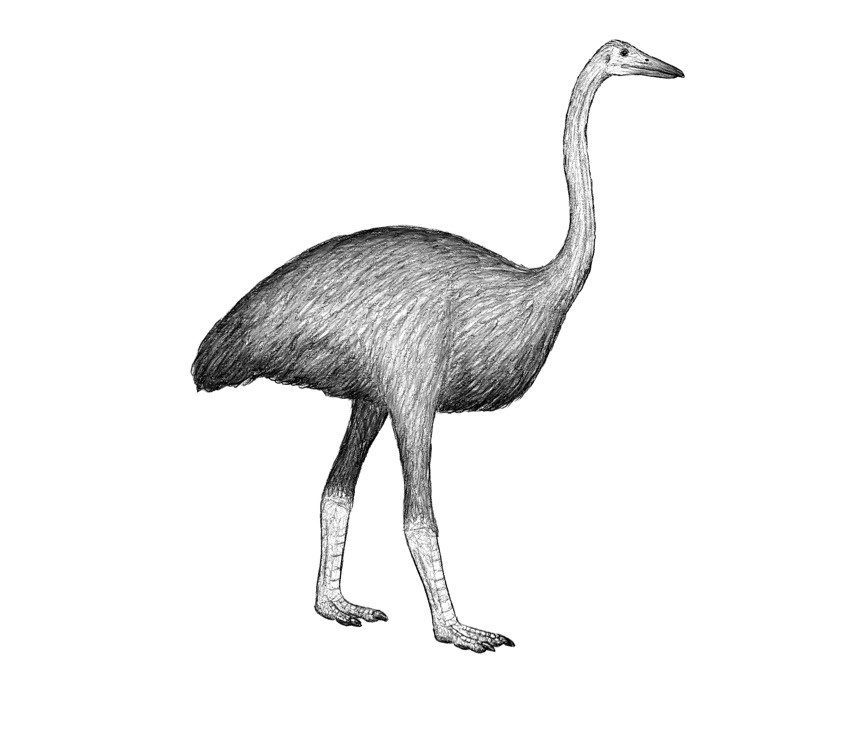 DFoidl/WikiMedia Commons
DFoidl/WikiMedia Commons
14. ピレネーアイベックス
ピレネーアイベックスは南フランスとピレネー山脈北部に生息していましたが、2000年1月に絶滅してしまいました。
科学者たちは最後の雌の一頭のDNAを使ってクローンを作ろうとしましたが、生まれてすぐに死んでしまいました。
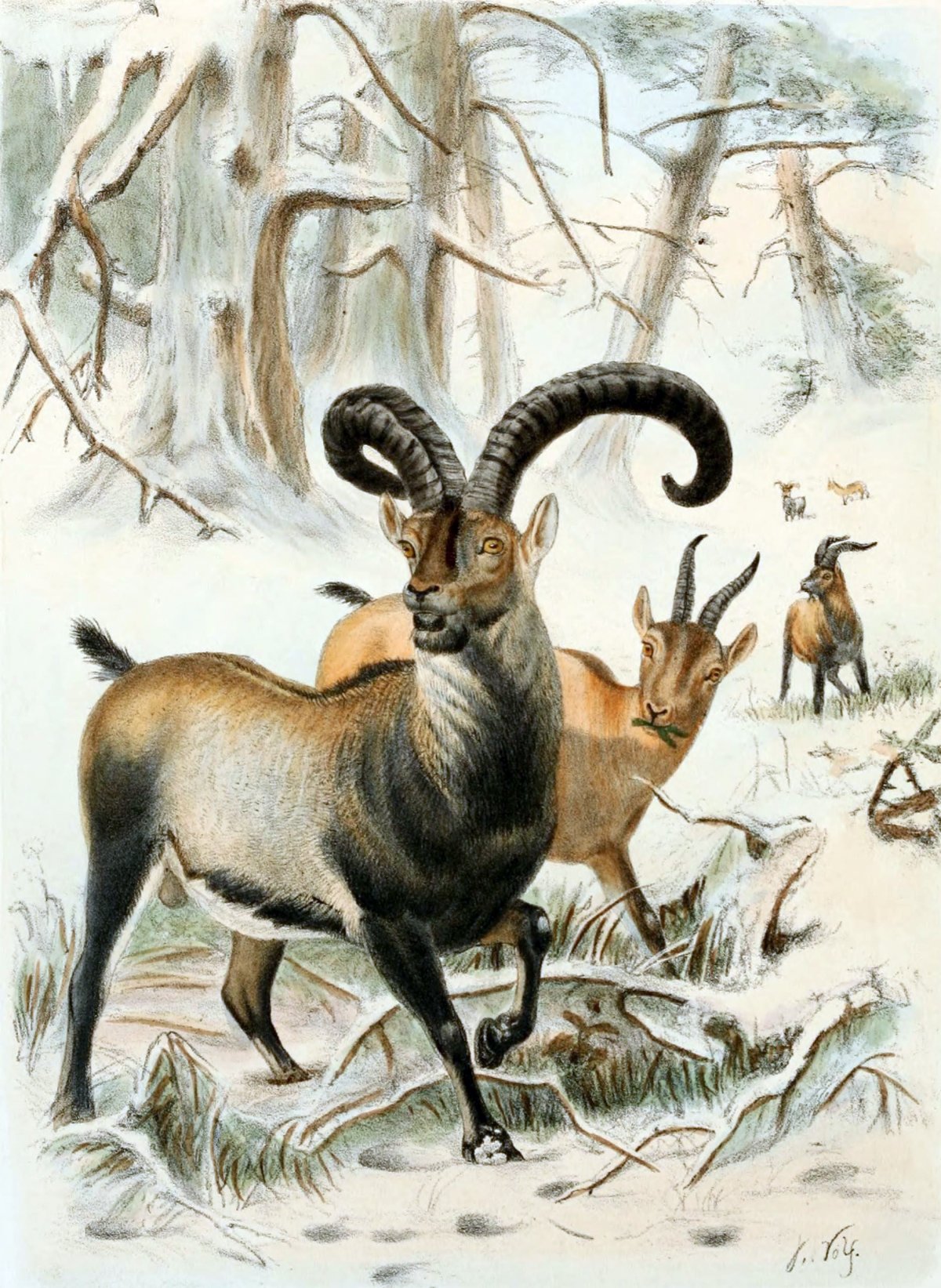 Joseph Wolf/WikiMedia Commons
Joseph Wolf/WikiMedia Commons
15.ピレネーアイベックス
15. クアッガ
この絶滅した平原シマウマの一種、クアッガはかつて南アフリカに生息していました。
最後の野生のものは1870年に撃たれ、最後の飼育下のものは1883年に死んでいます。
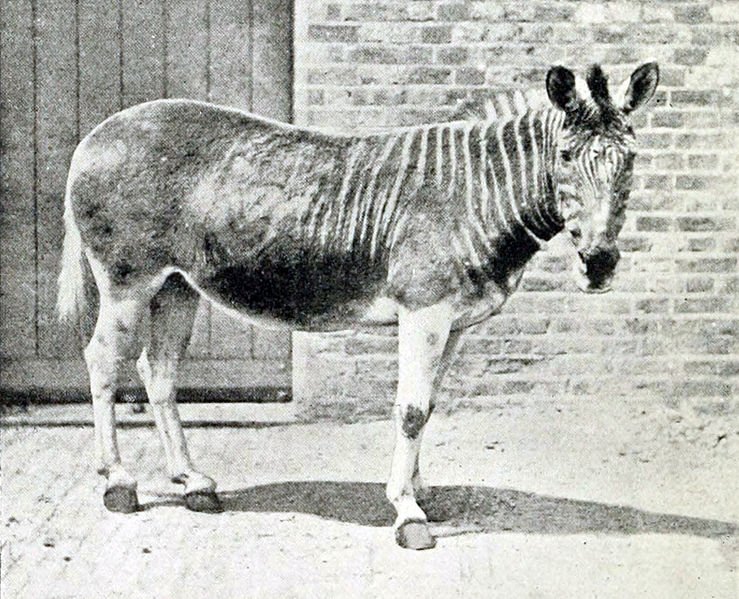 Frederick York/WikiMedia Commons
Frederick York/WikiMedia Commons
16.クワガ・プロジェクトは、絶滅から彼らを取り戻すための試みであり、1987年に開始された。 淡水イルカ
この淡水イルカは白雉と呼ばれ、中国の揚子江に生息していました。
10年前に絶滅したと宣言されていましたが、昨年末、科学者が川で1頭発見したと主張しています。 If some still are alive, conservation efforts will attempt to bring their populations up again.
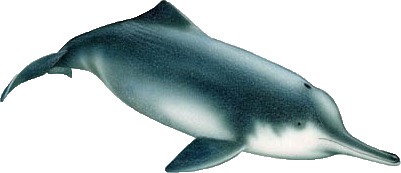 Alessio Marrucci/WikiMedia Commons
Alessio Marrucci/WikiMedia Commons
17. The Tasmanian Tiger
The Thylacine, or Tasmanian Tiger, is the only marsupial to make the list. It’s also probably not like any other marsupial you can name.
Although it once lived on mainland Australia and New Guinea – it eventually was limited to Tasmania until the 1930s when it died out.
Tasmanian devils may carry some of its DNA.
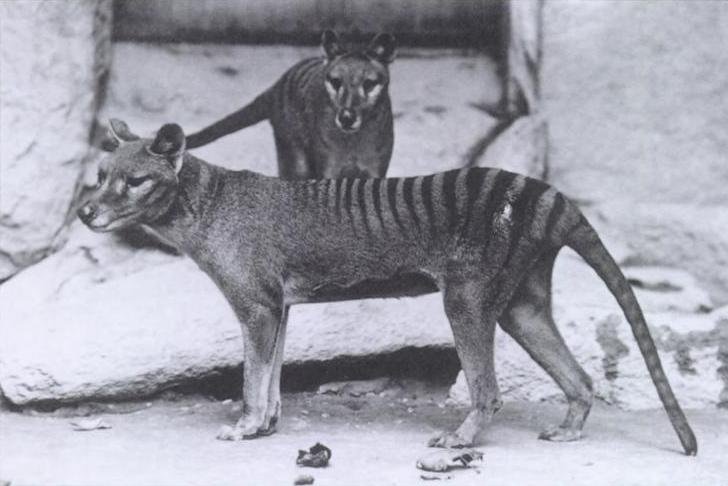 Baker/E.J. Keller/WikiMedia Commons
Baker/E.J. Keller/WikiMedia Commons
18. Irish Elk
Irish elks were one of the largest deer ever to walk the Earth.
The most recent remains of the species have been carbon dated to about 7,700 years ago in Siberia. Red deer or fallow deer might have some similar genes.
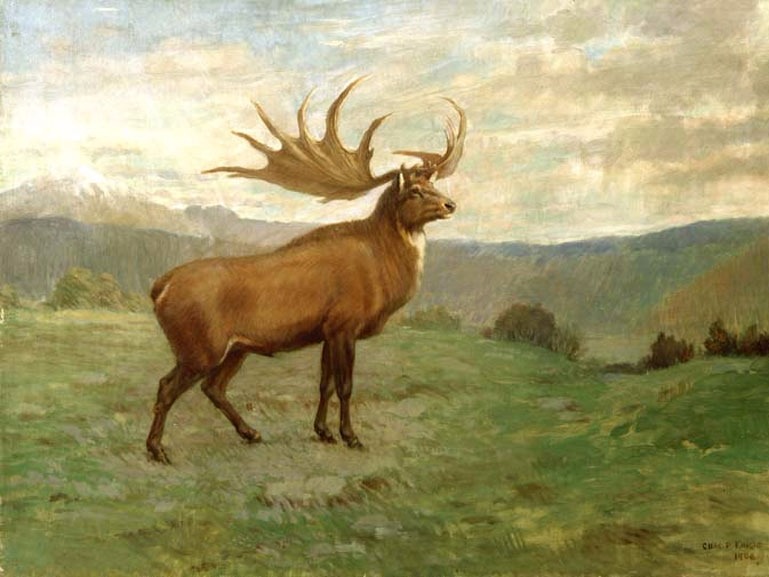 Megaloceros/WikiMedia Commons
Megaloceros/WikiMedia Commons
19. The Caribbean Monk Seal
The Caribbean monk seal was hunted to extinction for use as oil, and they were out-competed for fish by humans and died out in 1952.
They were closely related to Hawaiian monk seals, which live around the Hawaiian Islands, and Mediterranean monk seals, which are both endangered.
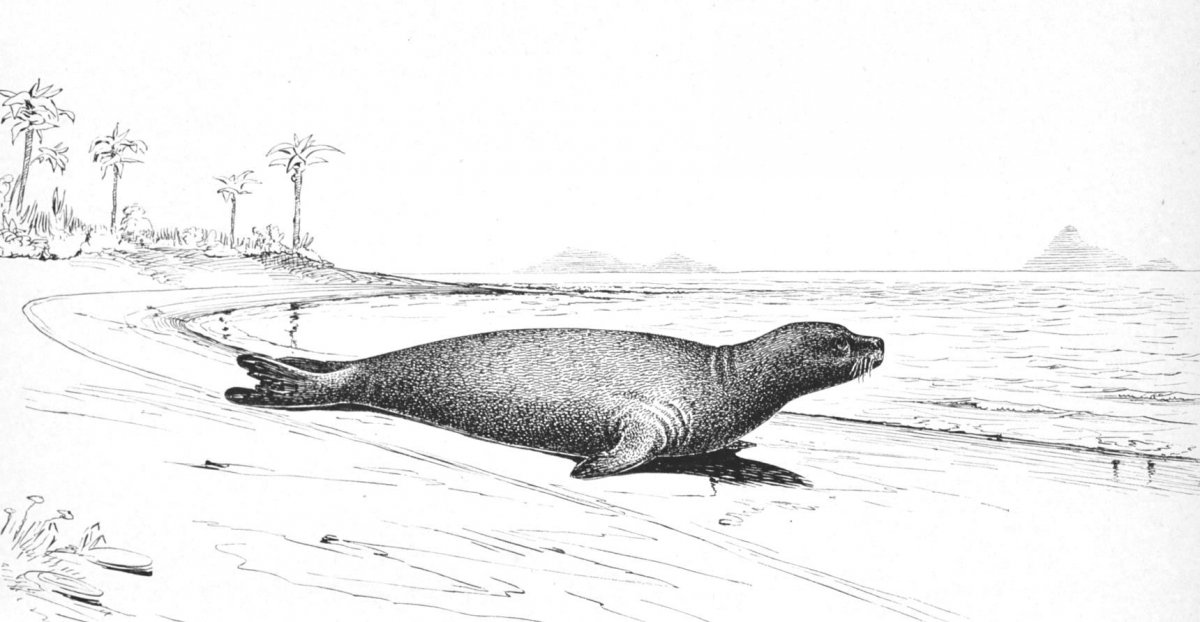 Public Domain/WikiMedia Commons
Public Domain/WikiMedia Commons
20. The Huia
The Huia was a large species of New Zealand wattlebird.
It went extinct in the 20th century because of hunting to make specimens for museums and private collectors.
The female had a long, curved beak, while the male’s was shorter. Very little is known about their actual biology, so bringing them back would be fascinating.
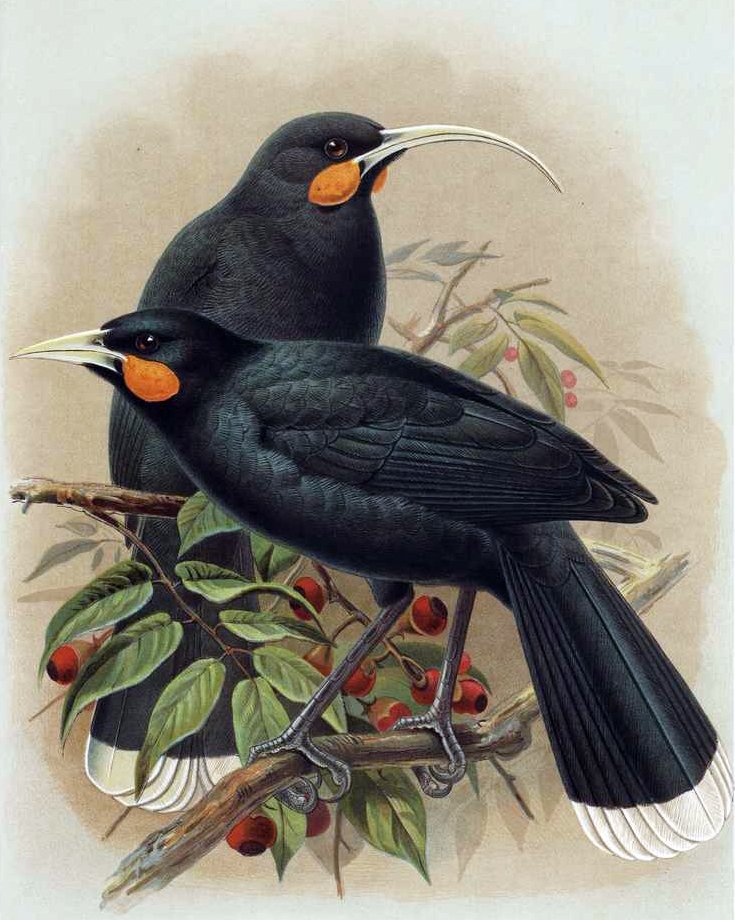 J. G. Keulemans/WikiMedia Commons
J. G. Keulemans/WikiMedia Commons
21.モホ族
モホ族はハワイに生息する絶滅した鳥の属である。
ここで見られるハワイのモホは1934年に絶滅しましたが、ロウバイやヤシクイなど一部の鳥はそのDNAの名残を持っているかもしれません。
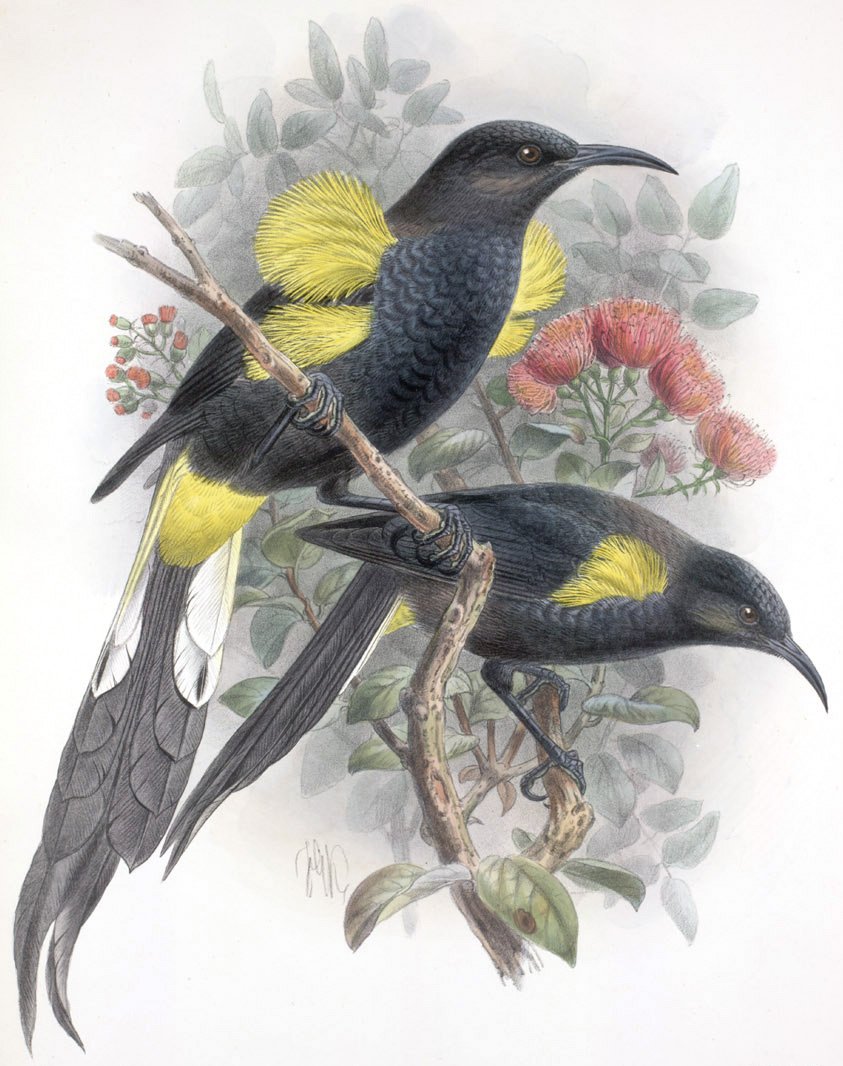 John Gerrard Keulemans/WikiMedia Commons
John Gerrard Keulemans/WikiMedia Commons
22.The Moho
Drong>
22.The Mohoは、ハワイのモホ属の鳥です。 ステラー海牛
ステラー海牛はマナティーとジュゴンの近縁種で、海牛の残存2種です。
かつて北太平洋にたくさんいましたが、27年のうちに狩りで絶滅してしまいました。
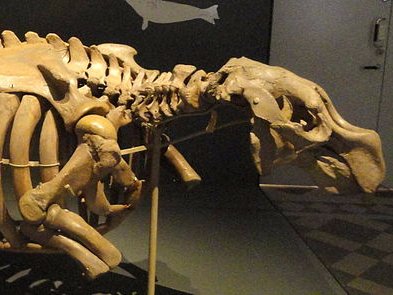 Daderot/WikiMedia Commons
Daderot/WikiMedia Commons
23.海牛のDNAはまだ持っている可能性があり、科学者によってそれらを復活させられるかもしれません。 Passenger Pigeons
これだけ多くのハトがいるのですから、絶滅する種を想像するのは難しいでしょう。 しかし、20世紀を通じて巨大な群れで生活していた旅客ハトがそうなったのです。
最後の1羽が1914年に死ぬまで、大規模に奴隷の食料として狩猟されました。
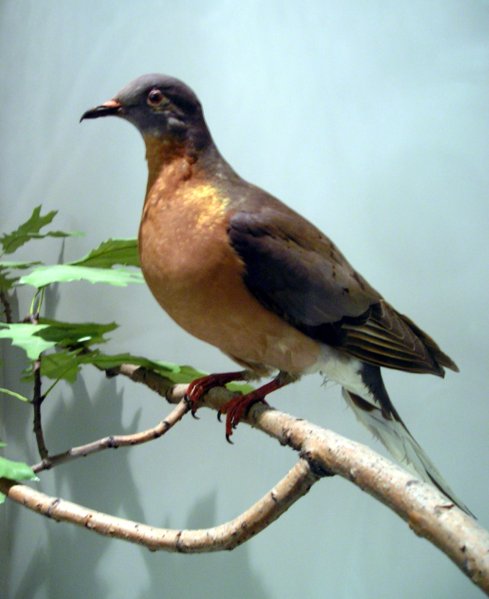 Keith Schengili-Roberts/WikiMedia Commons
Keith Schengili-Roberts/WikiMedia Commons
24.ハトは、20世紀を通じて巨大な群れで生活した後、絶滅しました。 胃ろうカエル
卵を飲み込んで口から孵化させる胃ろうカエルです。
1983年に絶滅しましたが、2013年に科学者が「死んだ」細胞核を別の種のカエルの新鮮な卵に移植することができました。

TED
25.胃ろうカエル
胃ろうは、卵を口から飲んで、口から卵をふ化させるカエルの一種。 グレートオーク
グレートオークは19世紀半ばに絶滅した。
彼らが絶滅したのは、小氷河期の気候変動により、捕食者のホッキョクグマが彼らの縄張りに入ってきたことと、人間の狩猟が重なったからです。
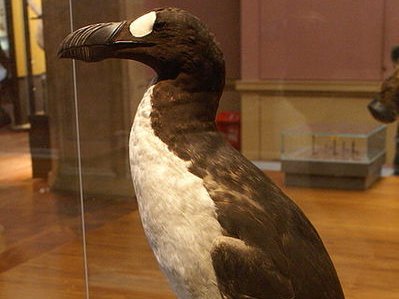 Mike Pennington/WikiMedia Commons
Mike Pennington/WikiMedia Commons
この記事はもともとBusiness Insiderに掲載されていました。
その他の記事はこちら:
Business Insider:
この記事はBusiness Insiderに掲載されています。